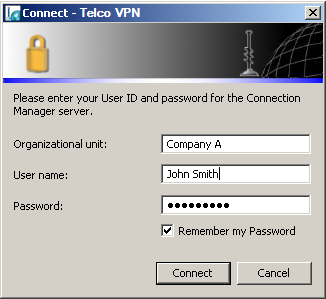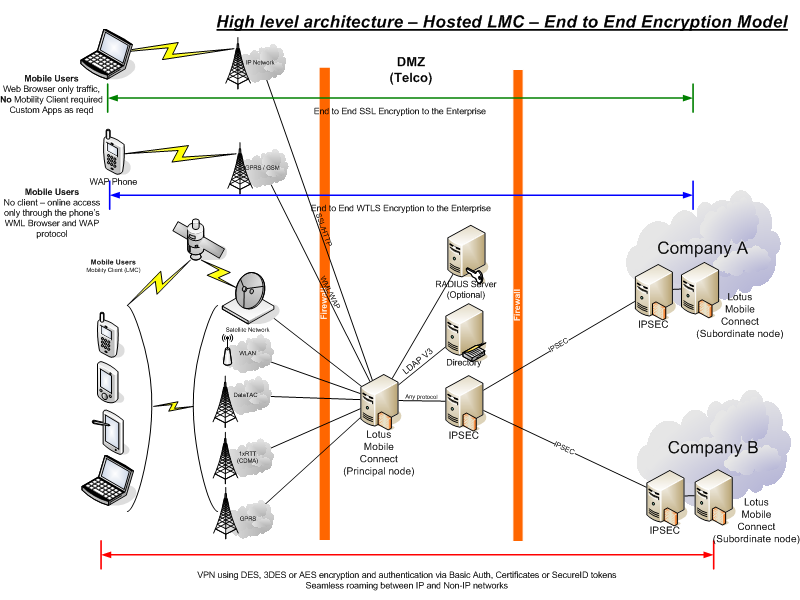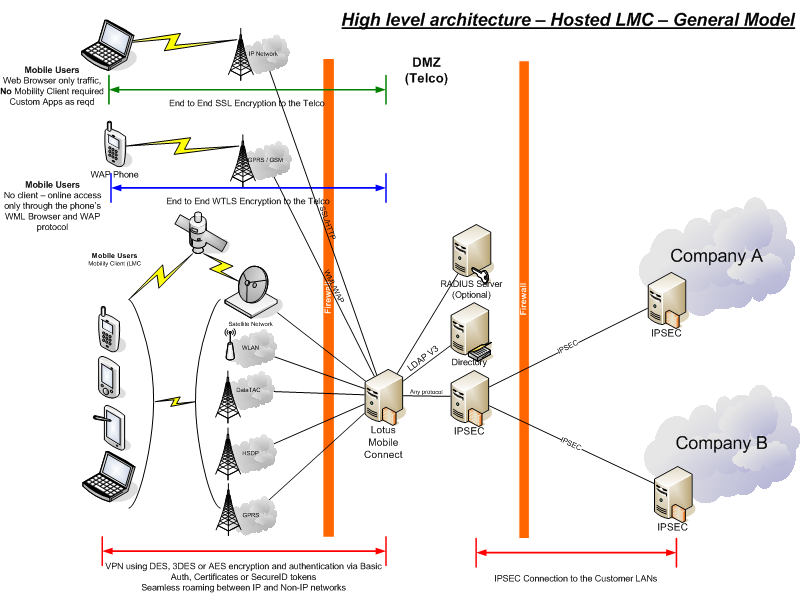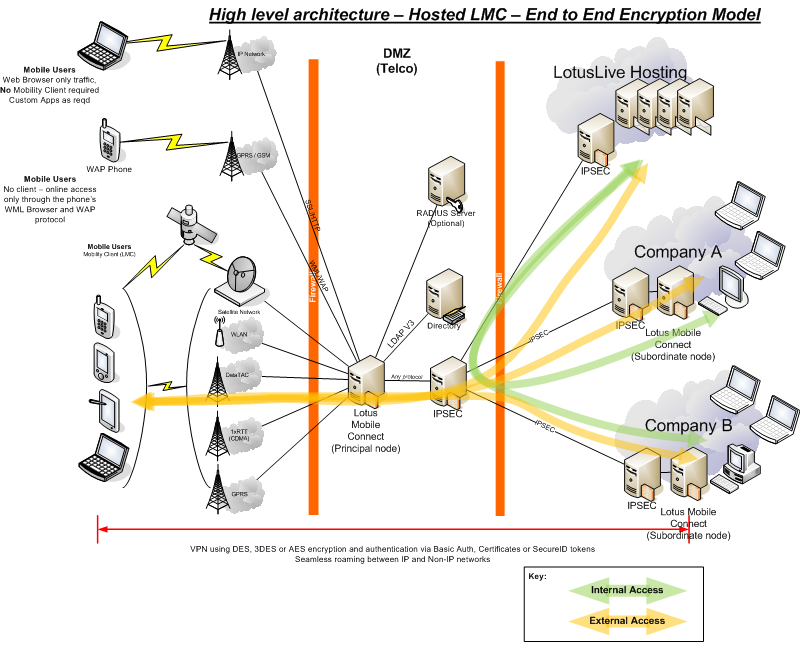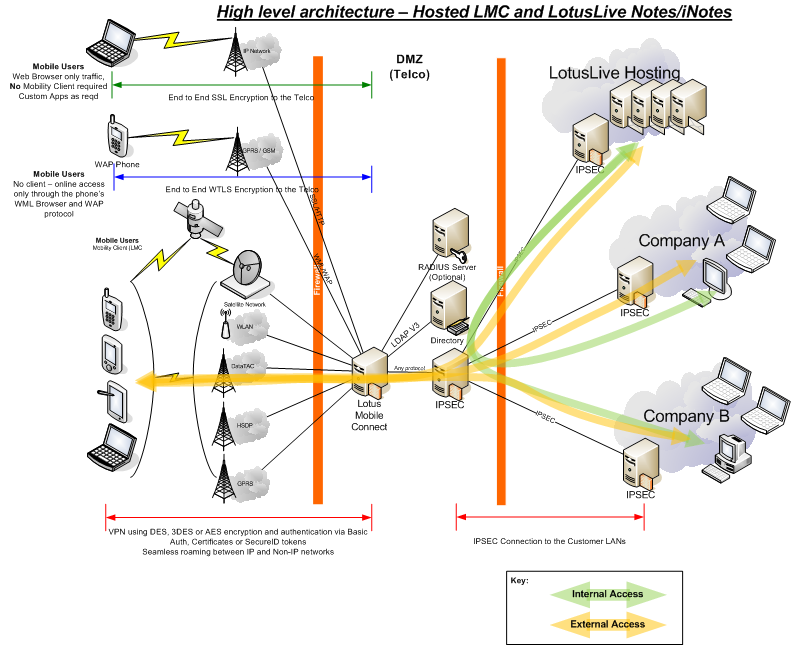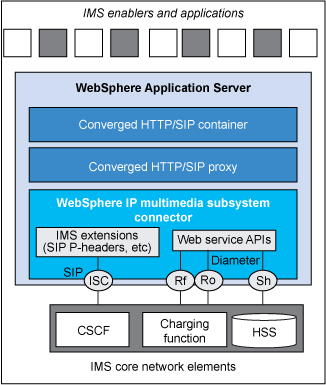Originally posted on 23Nov09 to IBM Developerworks where it got 24,722 Views
I am working with a number of IBM business partners and I found a need to explain to them how our Software licensing works. I found that many of our sales staff don’t fully understand it either, so I figured I would post the explanation I wrote for the business partners to try and explain it so more people “get it”. The other thing that struck me in speaking with some partners was that – despite some of them them partnering with Oracle more often than they have with us in the past – they had a simplistic view of Oracle’s licensing thinking that it was simply CPU based. Oracle’s licensing scheme is similar to our own PVU scheme in weighting different multi-core CPUs differently for licensing purposes.
First – IBM’s PVU scheme
The majority of the IBM runtime components are priced per PVU. The Processor Value Unit or PVU is an arbitrary notion that IBM came up with to cater for multi-core CPUs and the fact that some platforms offered more processing power per CPU core than other platforms. Different brand processors cores are considered equivalent to PVU counts from 30 PVUs to 120 PVUs per core.
For example, an Intel single-core CPU is 100 PVU. Intel multi core CPUs are considered to be equivalent to 50 PVUs per processor core (or 70 PVUs per core for the newer Intel chips), so a dual core CPU would be 100 or 140 PVU and a quad core CPU would be 200 or 280 PVU. Prior to the latest generation of Intel multi-core CPUs, Intel multi-core architecture was such that a single dual core CPU offers similar processing power to a single core CPU, so to be fair to customers that use Intel multi core CPUs, IBM only rates each core at 50 PVUs. The latest chips have improved their processing power per core over previous generations of chip and they are now rated at 70 PVUs per core as a result.
IBM PowerPC chips are more efficient and therefore the PVU rating per CPU core is 80 PVU per core for Power 6 blades although other PowerPC CPUs are rated at 50, 100 or 120 PVUs per core.
The PVU calculator is available at https://www-112.ibm.com/software/howtobuy/passportadvantage/valueunitcalculator/vucalc.wss
Now – lets look at the Oracle do it
For multi-core CPUs, Oracle have a similar scheme to IBM. This quote is from Oracle’s current price list on their web site – http://www.oracle.com/corporate/pricing/technology-price-list.pdf New reference http://www.oracle.com/us/corporate/contracts/processor-core-factor-table-070634.pdf:
“Processor: shall be defined as all processors where the Oracle programs are installed and/or running. Programs licensed on a processor basis may be accessed by your internal users (including agents and contractors) and by your third party users. The number of required licenses shall be determined by multiplying the total number of cores of the processor by a core processor licensing factor specified on the Oracle Processor Core Factor Table which can be accessed at http://oracle.com/contracts. All cores on all multicore chips for each licensed program are to be aggregated before multiplying by the appropriate core processor licensing factor and all fractions of a number are to be rounded up to the next whole number. When licensing Oracle programs with Standard Edition One or Standard Edition in the product name, a processor is counted equivalent to an occupied socket; however, in the case of multi-chip modules, each chip in the multi-chip module is counted as one occupied socket..”
This basically means that for Intel quad core CPUs, they are priced at twice the price of an Intel Single core CPU (a multiplier of .50 per core) – exactly the same as IBM pricing for Intel Quad core CPUs. Likewise, for PowerPC (Po dual core CPUs, they apply an factor of 0.75 since they do not differentiate between the processing power from other manufacturers other than Intel, AMD or Sun and just apply a generic multiplier of 0.75. Oracle have introduced a more comprehensive factor table to calculate their per CPU licensing price (introduced in March this year I think) where they added multipliers of 0.5 and 1.0 to their table. Oracle’s core factor table is available at http://www.oracle.com/corporate/contracts/library/processor-core-factor-table.pdf
To illustrate, if the Oracle product license cost is $100 per CPU and the IBM price is $1 per PVU, then the following table illustrates how Oracle and IBM pricing will change depending on the processor that software is deployed on.
Assuming the base software price is $100/CPU (Oracle) or $1 per PVU (IBM)
| CPU Type | Oracle Cost calculation Price x RoundUp(CPU cores x multiplier) | Oracle Extended software cost | IBM PVU rating (PVUxCPU-cores) | Extended Cost |
| single core CPU (any) | 100 x 1 | $100.00 | 100 | $100.00 |
| Intel/AMD Quad Core(older) | 100 x RoundUp(4 x 0.5) = 100 x 2 | $200.00 | 50×4 | $200.00 |
| Intel/AMD Quad Core(new) | 100 x RoundUp(4 x 0.5) = 100 x 2 | $200.00 | 70×4 | $280.00 |
| Sun UltraSparc T1 Hexa-core(1.0 or 1.2 Ghz) | 100 x RoundUp(6 x 0.25) = 100 x 2 | $200.00 | 30×6 | $180.00 |
| Sun UltraSparc T1 Hexa-core(1.4 Ghz or higher) | 100 x RoundUp(6 x 0.5) = 100 x 3 | $300.00 | 30×6 | $180.00 |
| Sun UltraSparc T2 Hexa-core | 100 x RoundUp(6 x 0.75) = 100 x 5 | $500.00 | 50×6 | $300.00 |
| IBM PowerPC Dual Core POWER6 (520, JS12, JS22 servers) | 100 x RoundUp(2 x 1.0) = 100 x 2 | $200.00 | 80×2 | $160.00 |
| IBM PowerPC Dual Core POWER6 (550,560,570, 575, 595 svrs) | 100 x RoundUp(2 x 1.0) = 100 x 2 | $200.00 | 120×2 | $240.00 |
| IBM Power5 Quad Core | 100 x RoundUp(4 x 0.75) = 100 x 3 | $300.00 | 50×4 | $200.00 |
This illustrates that both IBM and Oracle understand that not all multi-core CPUs are created equally – some are more like multiple single core CPUs just placed on a single die. It also shows that Oracle and IBM both understand that CPU architectures such as the SunSparc and Intel/AMD x86 offer less processing power per CPU core that IBM PowerPC architecture.
Lets dispel the myth that Oracle price per CPU only – their multipliers provide a similar pricing strategy to IBM’s PVU based pricing – sometimes IBM has the price advantage, sometimes Oracle has the price advantage. Oracle first introduced this type of multi-core licensing back in 2005 although back then the multipliers were set at a generic 0.75 per CPU core for all processor types – regardless of CPU processing power.
Note – as both Oracle and IBM have the right to change their pricing at any time, I can only vouch for the accuracy of this post at the time it was originally posted (Nov09).

